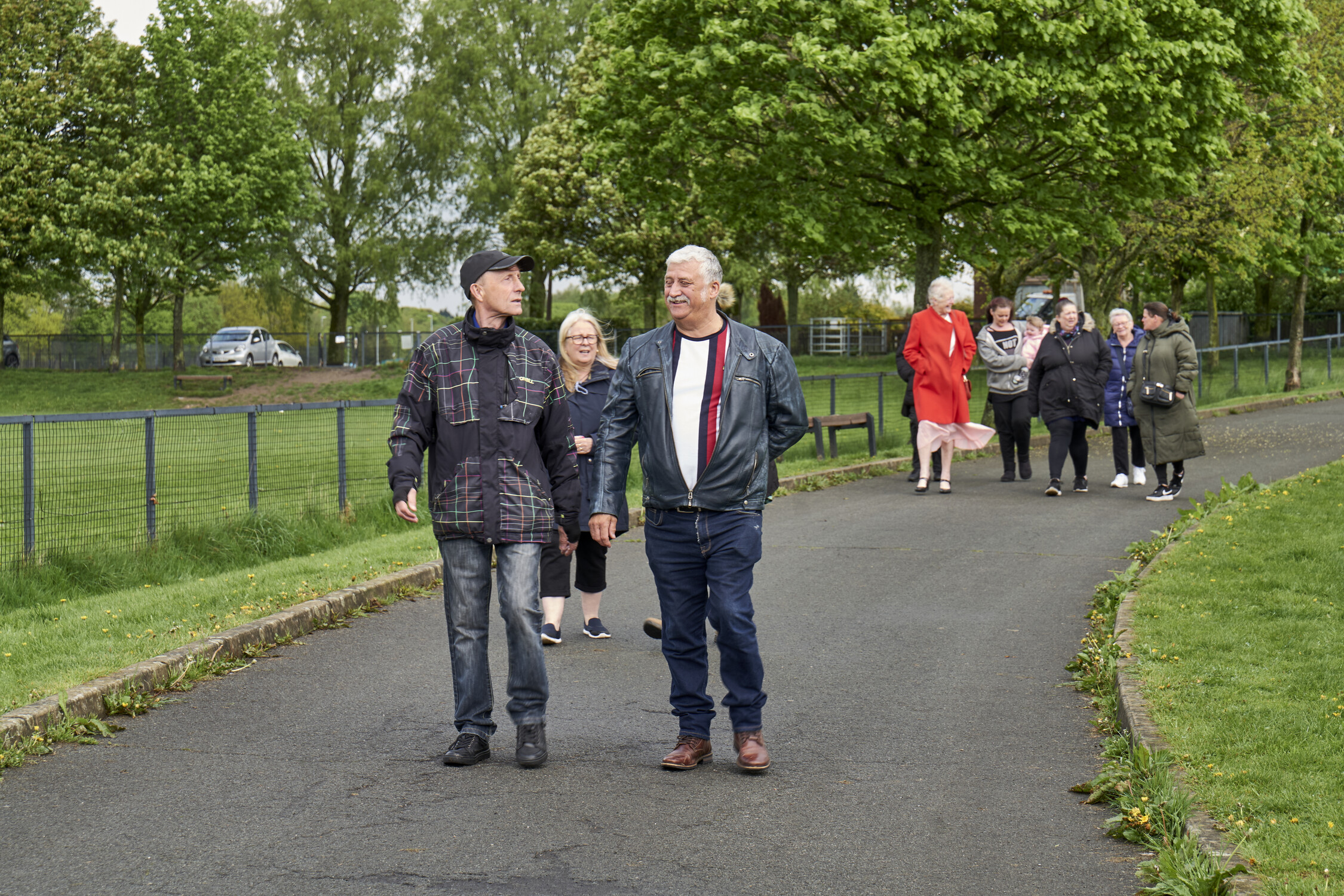Life satisfaction trials strategy
Downloads

Summary
This strategy is intended to support the Evaluation Task Force, government departments and wider stakeholders in identifying policy interventions and initiatives which would benefit from the inclusion of measures of life satisfaction in future evaluations, trials and other types of study to understand their efficacy. By including measures of life satisfaction policymakers would be able to better understand whether interventions and initiatives achieve both their stated policy outcomes and improve national wellbeing.
Life satisfaction is an important component of personal subjective wellbeing. Measures of life satisfaction are widely used in many countries and have been for decades. It is particularly important as an economic measure, a way of combining outcomes across policy areas and as a measure of lived experience. In the UK, the Office for National Statistics includes a life satisfaction measure in its four chosen measures to understand national personal subjective wellbeing.
Given its widespread use, life satisfaction is often used by policymakers to understand the wellbeing impacts and social value of different policy options. In the UK, the Treasury Green Book uses life satisfaction measures to monetise wellbeing impacts in Wellbeing Adjusted Life Years (WELLBY).
The Levelling Up White Paper uses this economic methodology and it sets out Mission 8: wellbeing, as both a mission in itself but also one of the overall outcomes of all other missions – do people across the UK live happy and fulfilling lives – demonstrating the central importance of wellbeing outcomes like life satisfaction in national policy making.
It is therefore crucial that policymakers have a strong understanding of the current evidence base into what works to improve life satisfaction and how the current evidence base must be developed and improved in the future.
This strategy:
- Maps current life satisfaction interventions and longitudinal evidence into a simple policy framework to provide insights for the commissioning of future evaluations, trials and studies.
- Identifies the next steps needed to improve the life satisfaction evidence base in different policy areas.
- Identifies key gaps were there is minimal evidence about what improves life satisfaction in a given policy area
- Makes a series of recommendations to further develop the research infrastructure and methodological improvements needed to deliver higher quality and more impactful life satisfaction trials in the future.
The strategy is informed by evidence generated in two rapid reviews of longitudinal and experimental studies into life satisfaction.
Suggested citation
Crellin R., Abreu Scherer I., Hey N., and Smithson J. (2024) Life Satisfaction Trials Strategy. What Works Centre for Wellbeing.
Downloads
Downloads
![]()
[gravityform id=1 title=true description=true ajax=true tabindex=49]
